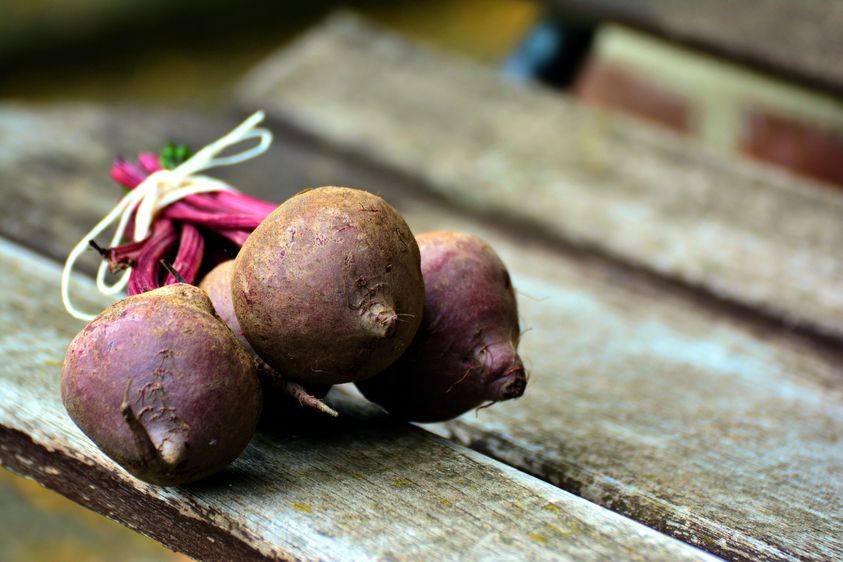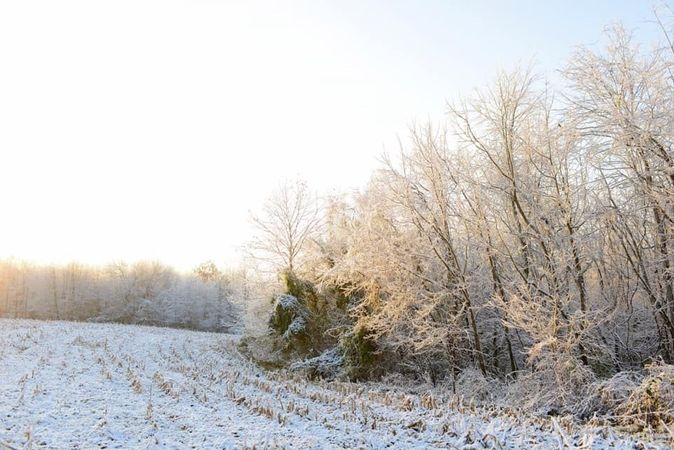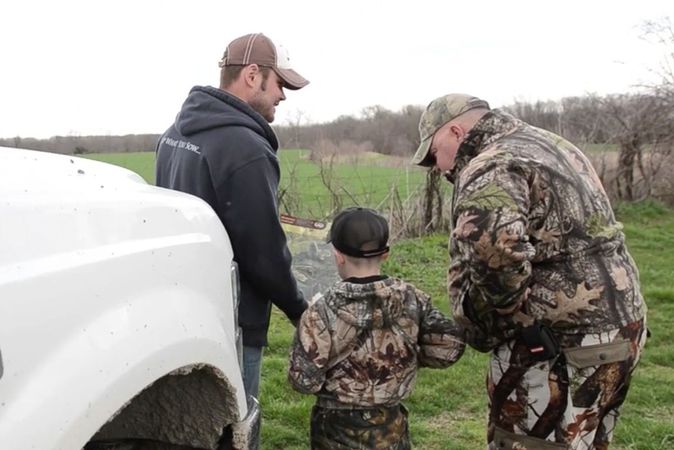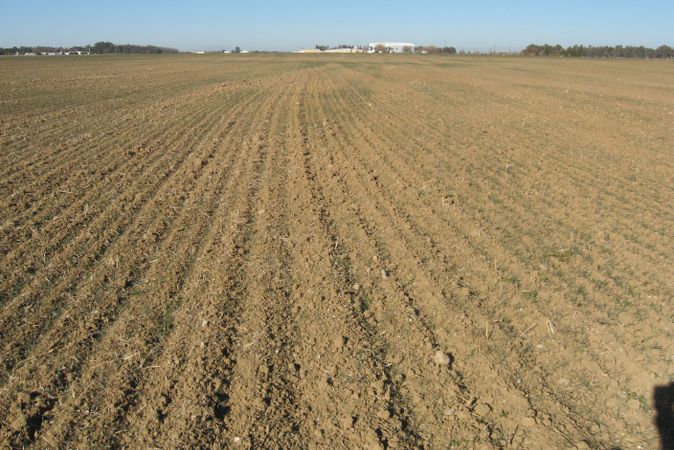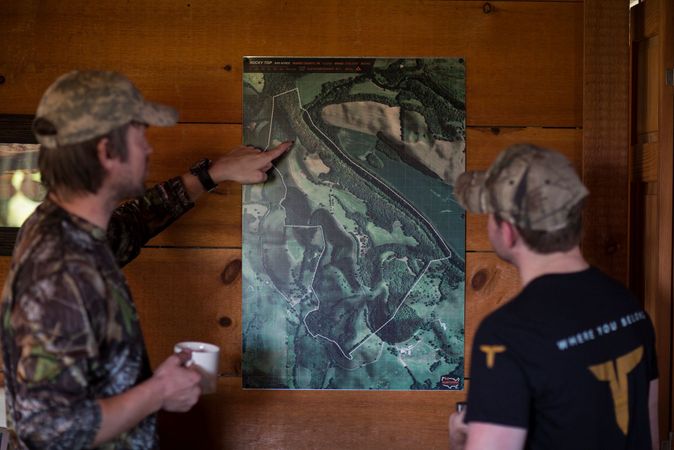Fall is always welcome after a long, hot summer. It is the favorite season for many as cooler temperatures and college football return. The month of July is the time to start thinking about and planting a fall garden, especially if you live in a milder climate where a late August freeze is not uncommon. Here are some fall crops that you can plant now that will allow you to harvest all winter long.
Beets
Beets are known for being a hardy vegetable. They can survive a light frost and the winter with row covers in hardiness zones 6 and higher. Beets should be started 10-12 weeks before your first frost in full to partial sun. Usually, you can eat them anytime during the growing process and they taste best when they are still small, around four inches long. Be sure to only pick a few leaves from each beet plant so you don’t stress the plants when trimming the leaves.
Tip: Don’t throw the leaves away! Beet leaves are an excellent addition to a salad.
Find out what hardiness zone you’re in here.
Lettuce
Lettuce is a hardy vegetable that grows best in a temperature range of 45-75 degrees. Hot weather makes them taste bitter, while extreme cold freezes it. You usually plant lettuce four to eight weeks before the first frost in full to partial shade. If you use a cold frame or a row cover, you will be able to continue growing lettuce throughout the winter.

Kale
Kale leaves taste sweeter when they can mature in cooler weather and are super tasty after being under a foot of snow. You begin planting about two months before the first frost in full sun to partial shade. If you live in zones 8-10 (mainly the southern half of the United States), you can continue planting them throughout the winter. A hot fall day making your kale sulk a bit? Don’t sweat it. When the cool air returns the kale will come back to life.
Cabbage
This hardy vegetable tolerates frost well and will keep thriving in temperatures as low as 20 degrees. Cabbage must be started indoors six to 12 weeks before your first frost and transplanted to your garden when they are three to four weeks old. They perform the best in full sunlight. Constant watering will you give you sweet, delicious cabbage, but be sure not to over the water the plant as this will result in stunted growth and cracked heads.
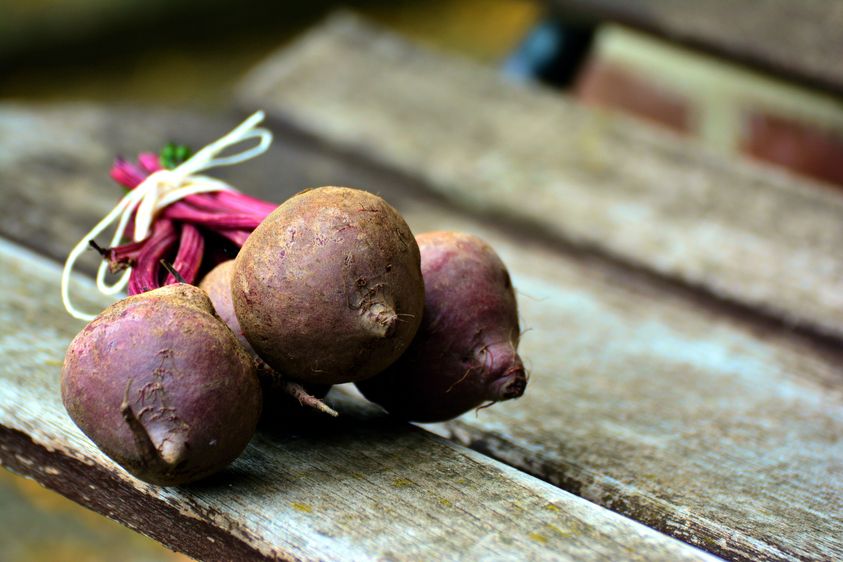
Turnips
Turnips are a delicious root vegetable that can tolerate a light frost. For a full harvest, plant them about two months before the first frost in full sun to partial shade. Since this is a root vegetable, you must harvest them before the ground becomes frozen. A thick mulch layer will help slow down the ground becoming frozen.
Radishes
Radishes are known to tolerate a frost. You generally plant them about four weeks before the first frost. They will be ready to harvest roughly a month after being started. You can more than likely get more than one harvest before the ground becomes frozen. Be sure to harvest right as they are maturing. If they are left in the ground too long, they will get too large and will lose flavor and texture. Round radishes are the most common type of radish, but the French breakfast variety tends to have a more mild flavor.
Spinach
This classic winter vegetable can survive temperatures below freezing if the plant is allowed to grow to its mature size beforehand. Spinach is commonly planted one to two months before your first hard frost in full sun to partial shade. They will have a higher success rate in colder climates with a row cover. Be sure to harvest the outer leaves only so your plant will give you harvests throughout the fall and winter.

Brussel Sprouts
This is one of the hardiest vegetables from the cole crop family. You plant them 80-100 days before the first frost. They can either be sowed directly into the garden (if you live in a cooler climate) or started indoors (if you live in a warmer climate). Wait until after your first frost to harvest your Brussel sprouts. Cold temperatures give them a nice flavor.
Cauliflower
This is the most sensitive fall crop on our list. They can’t handle heat and are only frost tolerant if the heads have been harvested before the deep freeze. Start your cauliflower roughly 12 weeks before your first frost then transplant them outdoors after six weeks. At least six hours of sun a day with minimum shade is preferred. It’s important to water your cauliflower evenly. Too much or too little water can harm your crop.


